Boats and Planes
The World Robotic Sailing Championships (WRSC) was started in 2008 to continue the style of competition that Aber had hosted in 2007.
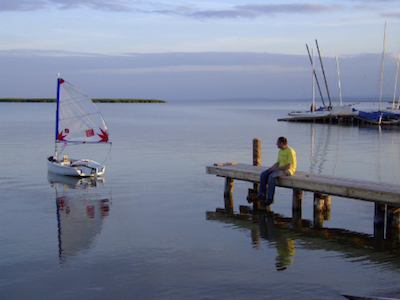
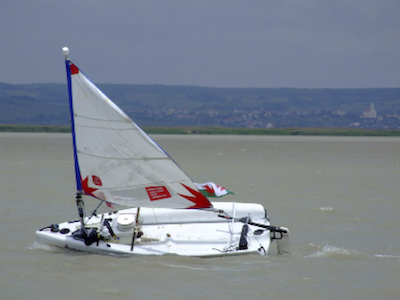

Along with the more student focussed Sailbot competition these have become annual events and teams from Aberystwyth have become regular attendees and even hosted the 2012 WRSC. Since 2012 a student robotic sailing team AberSailbot has competed in these events with several boats that they’ve built themselves with the help of Mark Neal and Colin Sauze.
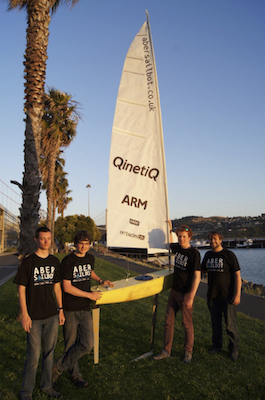
In 2009 a motorised boat “Minty” was built for safely surveying glaciers in Greenland with the glaciology group in the Geography department. An improved version “Minty 2” was built in 2012 for a project with EADS (European Aeronautic Defence and Space now known as The Airbus Group) to look at applying the neuro-endocrine research from sailing boats into powered boats and unmanned aircraft. This boat undertook a mission to Greenland in summer 2012 and was also used to survey Scottish lochs.
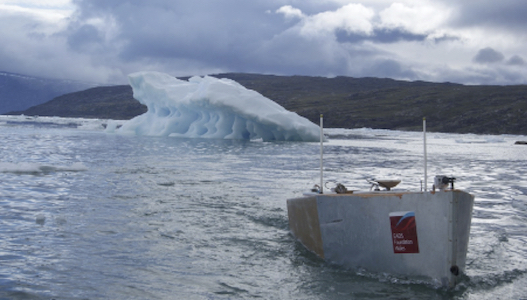
Other work with the all terrain robot land vehicles includes survey services such as laser scanning in quarries in North Wales, lakes in Scotland, and rivers in New Zealand. We also provided hardware for various Mars exploration related projects, such as PRoViScout, leading to trials in the caldera of Tenerife (2012).
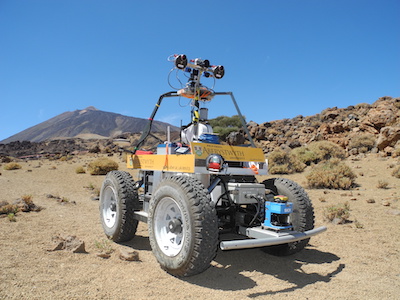
Various applications include the Autonomous Last Mile Resupply project (autonomous track and off-road driving using omni-directional and stereo cameras for civilian and military domains, partly funded by Dstl and QinetiQ), Smart Agriculture projects (animal tracking and herding, produce delivery, sensor networks) and Data Mule (bridging gaps in traditional data transfer networks with vehicles). All these projects involved long hours of testing in all sorts of weather.
Work in the sky also was developed with multi-copters and fixed wing aircrafts (in particular with Neal Snooke). A collaboration with Aberystwyth glaciologist Alun Hubbard in 2013 resulted in the construction of several bespoke 2m wingspan fixed-wing autonomous Unmanned Aerial Vehicles which flew hundreds of missions over multiple years surveying Greenland's Store Glacier and ice sheets.

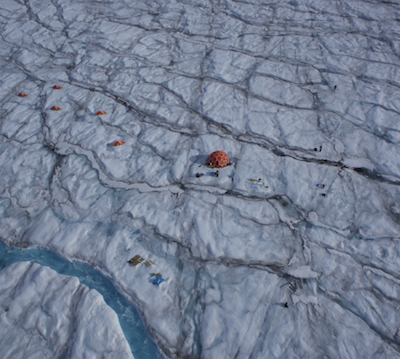
Equipped with Sony Alpha DSLR cameras this platform provided unique opportunities for very high-resolution digital elevation mapping and 3D modelling of the glacial movements, while also logging some of the longest small UAV flights, with missions over 100Km. The low-cost rugged design has subsequently been used by Cambridge University for similar purposes and more locally for retrieving data from radio-based animal tag trackers in Welsh upland hill farms. The acquisition of two “red edge” multispectral cameras in 2016 allows for detailed automated high-resolution vegetation identification using the same UAV platform. For short range tasks a variety of commercial multi-rotor aircraft equipped with bespoke sensing equipment are also being used to help scientists understand animal behaviour and the impact of upland hill farmland management interventions.